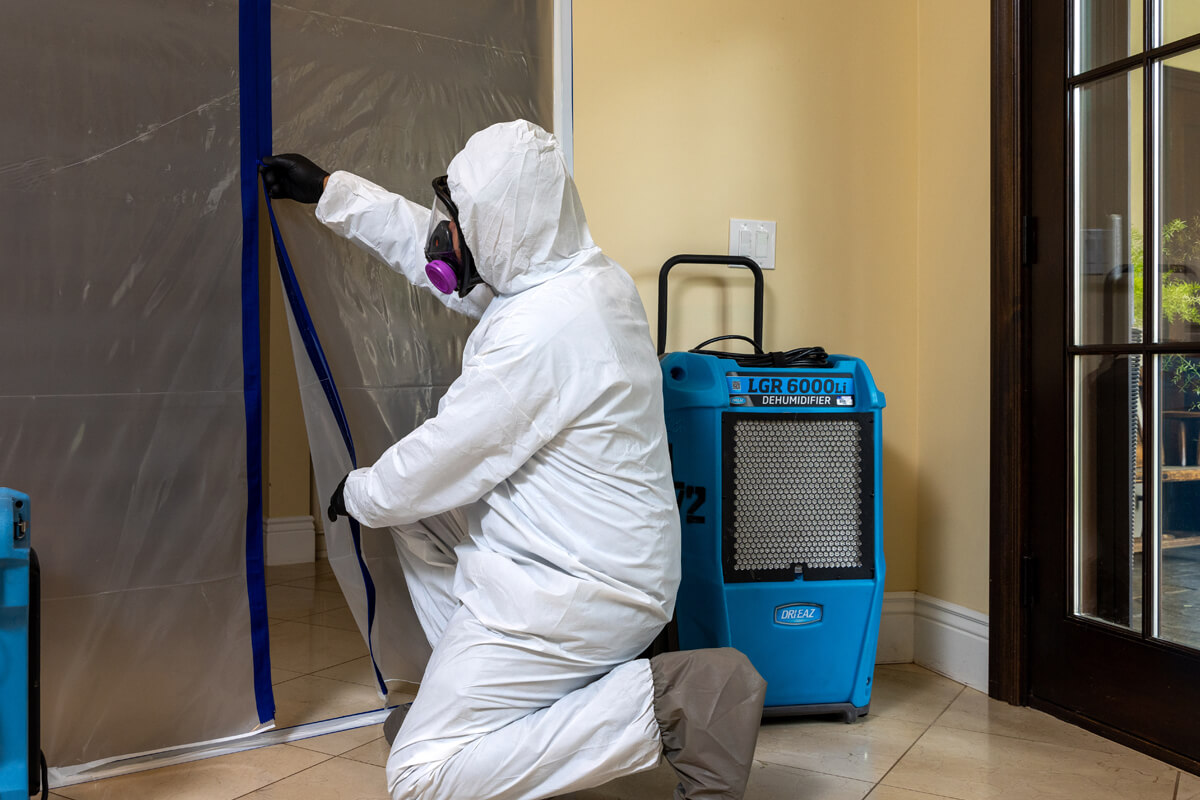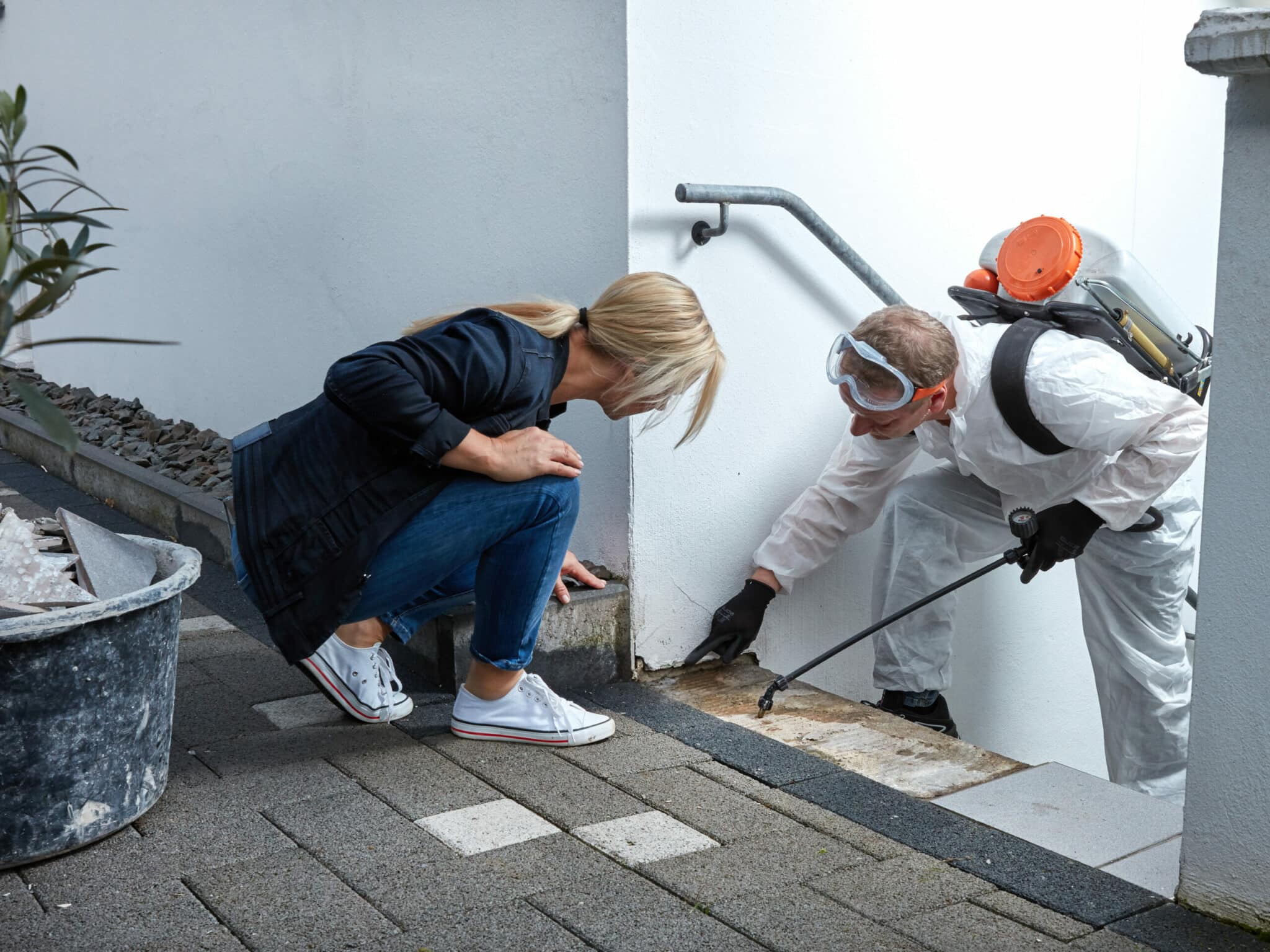Complete Mold Removal Philadelphia Solutions for a Safe Atmosphere
Complete Mold Removal Philadelphia Solutions for a Safe Atmosphere
Blog Article
Precision Mold And Mildew Removal Methods for Guaranteeing a Healthy Living Setting
In the world of maintaining a healthy living setting, the efficiency of mold removal methods stands as a critical aspect that demands accuracy and knowledge. By discovering the intricacies of mold removal techniques, one can get understanding right into securing against mold-related problems and fostering a much healthier habitat.
Comprehending Mold And Mildew Growth Elements
Understanding the vital variables that contribute to mold and mildew development is important in developing efficient techniques for mold remediation. Mold needs 3 primary aspects to grow: moisture, suitable temperatures, and natural product for food. Dampness is possibly the most important element as mold spores can rapidly conquer and spread out in wet settings. Leakages, floodings, high humidity levels, or condensation offer the required moisture for mold growth. Temperature level additionally plays a considerable role, with most molds choosing temperatures in between 60-80 ° F(15-27 ° C) Finally, mold and mildew feeds upon organic materials such as timber, paper, drywall, and fabrics.

Assessment of Mold And Mildew Infestations
Having actually identified the vital variables that add to mold and mildew growth, the next important step is assessing the degree of mold problems within a building. Mold and mildew evaluation involves a complete inspection to establish the type of mold and mildew present, the affected locations, and the extent of the invasion. Specialist mold assessors utilize a combination of visual examination, dampness meters, thermal imaging video cameras, and air tasting to gather information on the mold issue.
Aesthetic examination is often the first action in assessing mold infestations, where specialists visually take a look at areas prone to mold and mildew development, such as attic rooms, washrooms, and basements. This aids identify visible mold and mildew growth and areas with indicators of water damage or high moisture degrees. Moisture meters are then used to spot dampness levels in structure materials, assisting in locating concealed mold growth behind ceilings or wall surfaces.
Additionally, thermal imaging electronic cameras can be utilized to detect temperature differences that may indicate moisture issues promoting mold growth. Air tasting is an additional important strategy made use of to accumulate air-borne mold and mildew spores, giving info on the focus and types of mold existing in the interior setting. By using these evaluation approaches, specialists can precisely evaluate the mold invasion and establish an effective removal plan to make sure a healthy and balanced living environment.

Executing Targeted Removal Methods
To successfully attend to mold and mildew infestations, implementing targeted removal techniques is vital for getting rid of the source of mold growth and ensuring a mold-free atmosphere. These approaches involve a methodical strategy customized to the details mold and mildew issues recognized during the assessment phase. By targeting the hidden aspects contributing to mold development, such as wetness breach, inadequate ventilation, or structure material issues, removal efforts can be more specific and effective.
One targeted removal technique is to attend to water leakages promptly to avoid moisture build-up, which is a main chauffeur of mold proliferation. This might entail fixing plumbing leaks, boosting water drainage systems, or boosting waterproofing steps. Additionally, boosting ventilation in wet areas can help in reducing humidity levels, creating an environment much less conducive to mold growth.
Moreover, targeted removal techniques might consist of removing and changing mold-infested products, such as drywall or insulation, and using antimicrobial treatments to inhibit future mold growth. Regular surveillance and maintenance are important to sustaining a mold-free environment following removal initiatives - local mold remediation philadelphia. By implementing these targeted techniques, residential property proprietors can effectively deal with mold problems and promote a healthier living setting
Utilizing Advanced Mold Elimination Technologies
Advanced mold removal modern technologies play a critical role informative post in resolving mold problems successfully and comprehensively. These systems can catch and filter out mold spores and other airborne particles, considerably decreasing the spread of mold and mildew during remediation.
Moreover, progressed mold elimination modern technologies consist of infrared cams that can detect hidden moisture resources within ceilings or wall surfaces, helping in the exact identification of locations susceptible to mold and mildew growth. mold remediation philadelphia. This technology makes it possible for remediation professionals to target afflicted locations more accurately, bring about a more extensive elimination procedure
Ultraviolet (UV) light treatment is an additional ingenious modern technology made use of in mold remediation. UV light can kill mold and mildew spores and inhibit their growth, specifically in hard-to-reach or unattainable locations. This method is non-invasive and eco-friendly, making it a favored choice for mold and mildew elimination in delicate settings. By leveraging these sophisticated modern technologies, mold remediation specialists can properly get rid of mold problems and develop a healthier living setting for residents.
Preventing Future Mold Reoccurrences
With the successful elimination of mold and mildew problems utilizing innovative innovations, the focus currently changes towards carrying out robust approaches to avoid future mold recurrences. Protecting against mold from reoccurring is vital for keeping a healthy and balanced interior environment. One crucial approach is to deal with any type of underlying dampness concerns in the building. Normal examinations for leaks in pipes, roofs, and windows can aid identify and fix resources of excess wetness that add to mold and mildew growth.
Appropriate air flow is another important facet of mold prevention. Making certain ample airflow in all locations of the structure can assist minimize humidity degrees and stop wetness accumulation. Making use of dehumidifiers in damp areas such as cellars can additionally help in regulating moisture levels.
Keeping cleanliness and immediately resolving any water damage or spills can additionally assist prevent mold and mildew development. Regular cleansing routines should consist of dusting, vacuuming, and cleaning down surface areas to stop the accumulation of mold and mildew spores.
Informing owners concerning mold and mildew avoidance methods, such as appropriate air flow and wetness control, can likewise add to a positive strategy in protecting against future mold issues. By implementing these methods, the risk of mold and mildew reoccurrences can be dramatically minimized, resulting in a much healthier living environment.
Conclusion
By comprehending mold growth factors, examining problems, implementing targeted methods, using sophisticated removal modern technologies, and preventing future recurrences, one can properly battle mold and mildew issues. It is important to prioritize mold remediation to make certain the health of owners and stop prospective wellness hazards linked with mold and mildew exposure.

Report this page